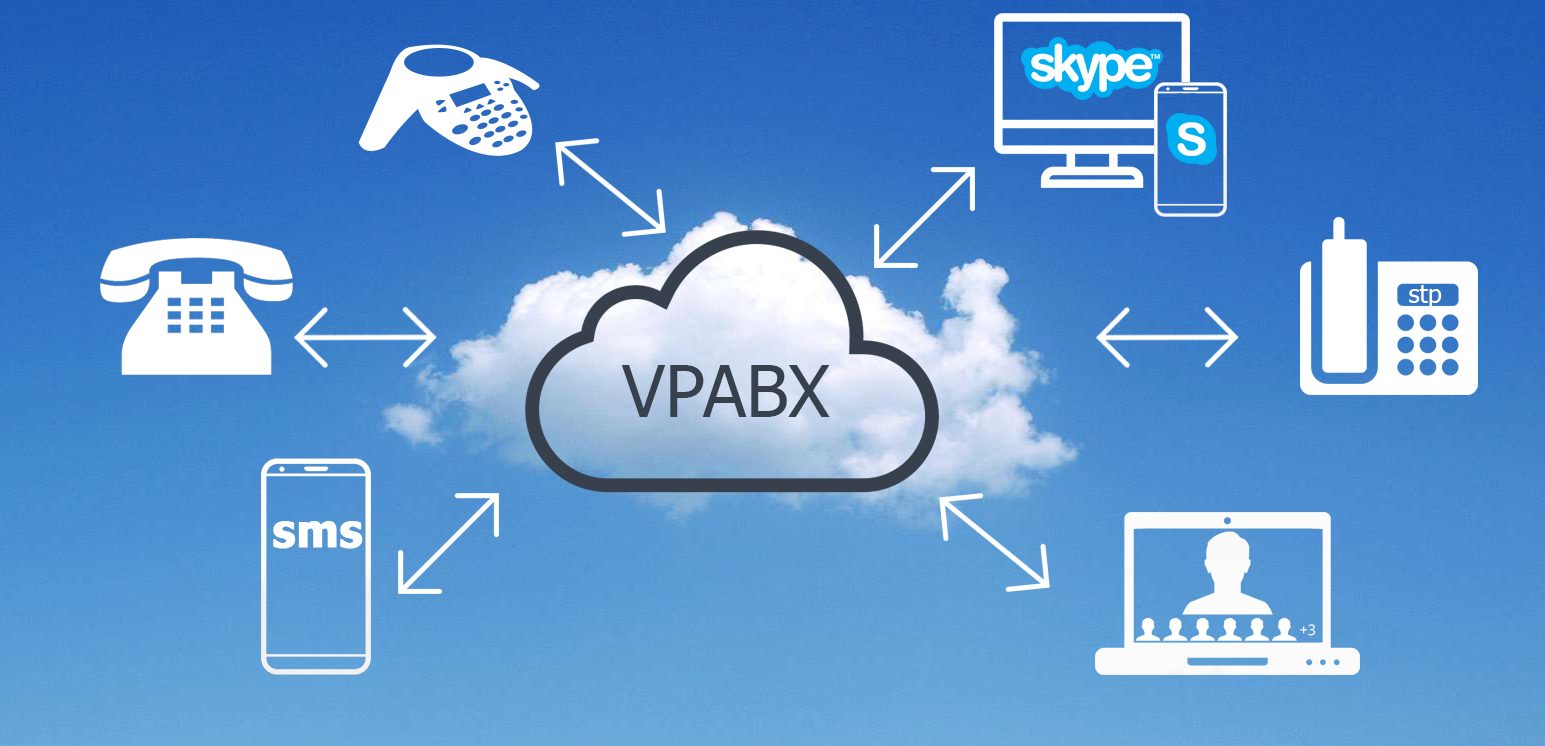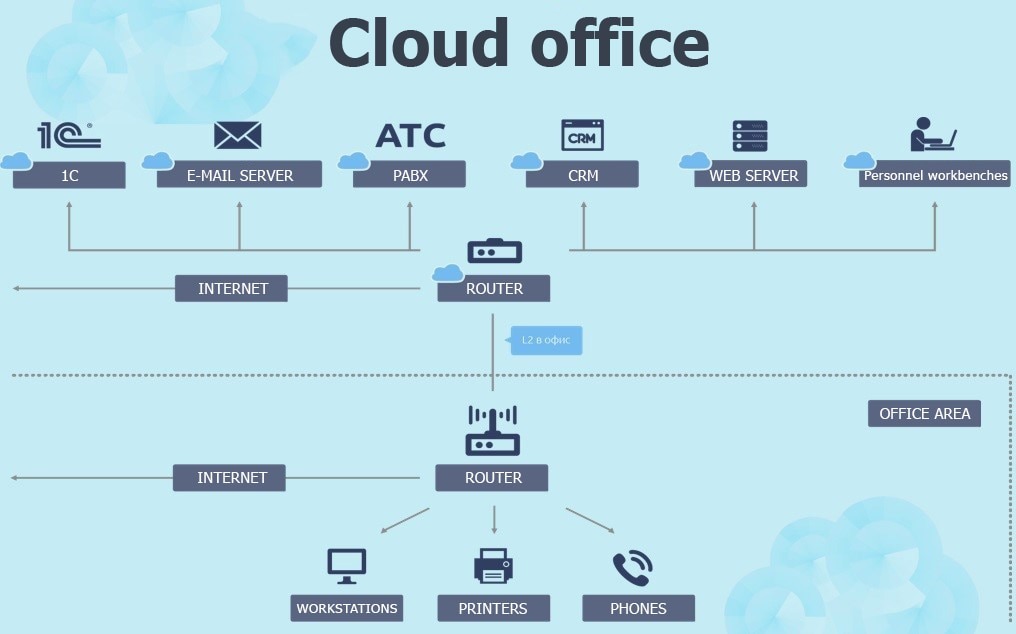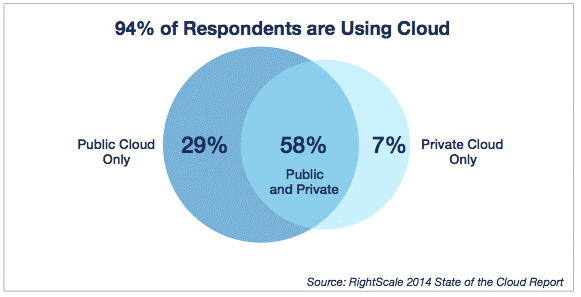
Communications fees have been falling steadily and annually. In a highly competitive market sellers and marketers are forced to make both unprecedented and sometimes insane moves in pursuit of subscribers.
In the B2C segment, everyone has already gotten used to the idea that 10-15% of the subscriber base pass from the operator to the operator in pursuit of promotional offers and tariff plans. Nowadays the B2B segment clients have mastered choose and bargain. Even large holdings and network companies are free to pass from operator to operator, seeking the best conditions for themselves with each new tender procedure and pitting operators against each other along with reducing prices and dumping, thus they force operators to drastically reduce the tariffs below any reasonable values.
Mobile operators admitted that the low price threshold has already been reached and, thus, removed tariffs on unlimited Internet access. Tariff plans have become not obvious at all again, the choice of even public service packages has become nontrivial as a whole. Further falls incorporate market prices are simply unacceptable. This fact is now widely recognized by many market players, but they prefer to remain silent or to continue the marketing war. New ideas, fresh eyes, and innovative new steps are needed in order to maintain adequate incomes in the telecommunication sector.
New generation of communication services
It seems that telecommunications are gradually turning into a pipe for data transmission, but if you think about it, it’s not quite true. In the context of the competition for customers and their money between the VAS (Value Added Services – services providing additional revenue) providers and classical operators, the former ones increasingly use the convergent solutions and cloud services. But today it’s just a first draft. The next generation of communication services is still under development, which means that it is necessary to be in front of state-of-the-art technologies to prevent getting in in the nick of time.
It’s challenging to come up with something fundamentally new, but it is even more difficult to share this idea with the consumer and persuade him that it is necessary and worth putting money into it. On the other hand – if one put himself into the mind of a user, realize his needs, compose all available services into one package, which magically meets his demand, and offer it to the potential client – only in this case, one will be able to earn money and get a loyal subscriber.
What does the client need?
A medium-sized company not directly related to IT and telecommunications needs an office and employees who must stay permanently in touch, preferably regardless of their actual location.
Employees should communicate, get and perform assignments, carry out document management. Managers need to know who, where and what does at the moment, and, besides, manage employees online. It is the most common minimum. In this case, the communication costs should be minimal (as these are non-core costs), and communications itself should be understandable and reliable.

VPABX — The Virtual Private Automatic Branch Exchange
Looking at the general situation of voice communication (it’s still the most common and popular way of communication), on the one hand, classical telephony has almost died and is gradually evolving into cloud services. VPABX is the virtual private automatic branch exchange with multiple advantages, also having certain disadvantages. A public cloud is suitable for the majority of users and a private one is designated for use by the users who do not want to pass internal services to the third-party servers.
Many companies have mobile representatives and other freelance staff who don’t work in the office and often consider VOIP as a very uncomfortable means of communication. The FMC (Fixed Mobile Convergence) solution being the baffling abbreviation for the customer and quite mysterious for understanding how it works, will suit them. Mobile representative makes telephone calls from his mobile phone through the corporate PABX to the same short numbers, as the office employees use, while calls to external subscribers are made from a single number with all of the advantages of the VPABX, namely: calls blocking during off-hours, recording communications and other features.
Along with discussed above features it is possible to deploy an APN (Access Point Names) — it will result in all the internet traffic being routed to the local area network and besides it will cause improvements in information security.

IT infrastructure within the cloud
The cloud becomes part of the IT infrastructure since other services are transferred to it: telephony, accounting, CRM/ERP, file storage, video surveillance, and so on. One could go further with the installation of vCPE, Virtual Customer Premises Equipment, (virtual router) in the cloud and connect LAN to the vCPE through the VPN with a dedicated redundant channel being independent of the main one.
The virtual router installed within the service provider data center infrastructure can provide the highest level of client data protection along with control of employee access, prevent DDoS attacks, and so on.
This will allow the client to reduce its own IT personnel costs. Computer maintenance can be outsourced and minor LAN works also can be performed by qualified service provider specialists being ready to come on an emergency basis or when the need arises.
More than 60% of Russian companies now use IT outsourcing services. A few years ago external experts were delegated exclusively technical tasks, nowadays outsource maintenance involves more sophisticated and complex contracts like IaaS including technical support, consulting, and even issues of increasing business financial profitability.
According to statistics, interest in private clouds has declined by 2017, but it has grown in the case of public ones. In general, the percentage of respondents using clouds of different types is now about 95%.

Hybrid infrastructure remains the preferred strategy of large enterprises, the demand for public clouds is increasing and is not changing in the case of private ones. Fewer and fewer companies want to build their own private cloud.
Thus, the near future of the operator business is not so much the separate services provisioning, as provisioning to the client a comprehensive IT infrastructure, including cloud services. And if this infrastructure is able to meet the customer requirements, enhance its ability to focus on the main activity, and then there would be no need for multiple changes of operators
Infrastructure services costs are more than outweighed by the savings on IT maintenance and IT personnel salaries.
The main advantages of the next-generation communication services are the following: minimizing the risks related to the reliability and information security, data back upping at the data center level, back upping of the data and voice communication environment, the virtual absence of capital expenditures for the creation and expansion of the office IT infrastructure and easy maintenance.
The first one who will be able to provide customers with the finished and business-ready infrastructure in a beautiful box with his logo will also have a great opportunity to scoop a large profit within an intensively competitive environment.